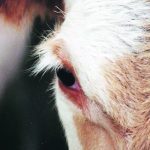It is that time of year when cow-calf producers sometimes need to deal with a very frustrating disease known as pinkeye. The term pinkeye is really referring to any kind of inflammation of the conjunctiva of the eye. This is perhaps more of an “umbrella diagnosis” because there are numerous causes of conjunctivitis, including foreign […] Read more
Tag Archives John Campbell
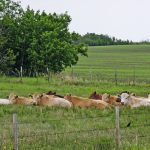
Where does your herd rank among cow-calf benchmarks?
Productivity and health data in cow-calf herds is recorded in a variety of ways; everything from sophisticated software programs and spreadsheets to the traditional calving book that may get filed in a drawer once the calves are weaned. However, we know that keeping and evaluating herd data can help you make better long-term decisions and […] Read more
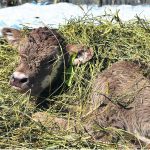
Uterine prolapse serious and requires prompt attention
Uterine prolapse is one of the true emergencies in food animal veterinary medicine. This condition is relatively rare. Estimates suggest that approximately two cows in every 1,000 calvings will have a uterine prolapse. However, it is a serious life-threatening condition for the animal and prompt action is required. If the cow is straining badly after […] Read more
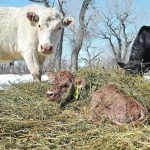
New study reinforces importance of colostrum to calves
Newborn calves are born with virtually no immunity of their own. They have a functional immune system at birth, but because the cow’s placenta does not allow antibodies to pass from the mother to the calf during pregnancy, the calf must receive most of its initial immunity from the antibody rich colostrum, or first milk […] Read more

Implants seen as climate solution
The Canadian cattle industry is facing a quandary. With the global population expected to reach 9.7 billion by 2050, beef production must increase to meet rising demand. On the other hand, there is greater pressure to reduce greenhouse gas emissions in agricultural production. Environment and Climate Change Canada says agriculture contributes about eight percent of […] Read more
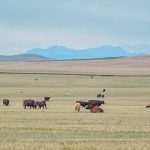
Ureaplasma may be more than just a fertility problem
The bacteria Ureaplasma diversum, a common inhabitant of the genital tract of cattle, was first isolated in 1969 and originally wasn’t considered to be a disease threat. However, subsequent research, mostly in Canadian veterinary colleges in the 1970s and 1980s, suggested that Ureaplasma could be associated with failure of pregnancy at various times of gestation […] Read more
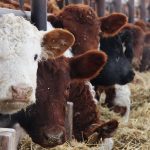
Microbiome helps understand bovine respiratory disease
It’s approaching the time of year when most beef calves in Western Canada are weaned and sold. Many calves travel to feed yards via auction markets and one of the major disease risks associated with the stresses of weaning, mixing and transportation is the syndrome known as bovine respiratory disease. BRD is the most common […] Read more
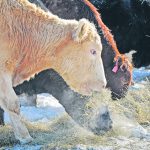
Conference provides insights into FMD preparedness, control
I recently attended the Vaccine and Infectious Disease Organization’s Animal Health Summit. The conference provided veterinarians, producers and other industry stakeholders an update on the current status of foot and mouth disease (FMD) worldwide. VIDO was founded more than 45 years ago at the University of Saskatchewan and is a leader in infectious disease research […] Read more
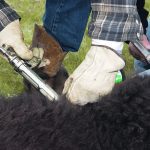
Modified live viral vaccines have their pros and cons
Modified live vaccines give slightly higher antibody levels and in general provide the optimal fetal protection and perhaps more robust immunity than the killed vaccines, which is my main reason for preferring them.
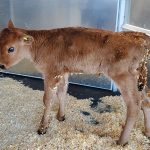
Diagnosis and treatment of colicky calf a pain in the gut
Colic is a general term that describes abdominal pain. Many horse owners are familiar with the term because abdominal pain is a common condition in horses. However, young calves can also exhibit colic symptoms and it can be caused by a variety of conditions depending on the age of the calf. Abdominal pain in calves […] Read more

